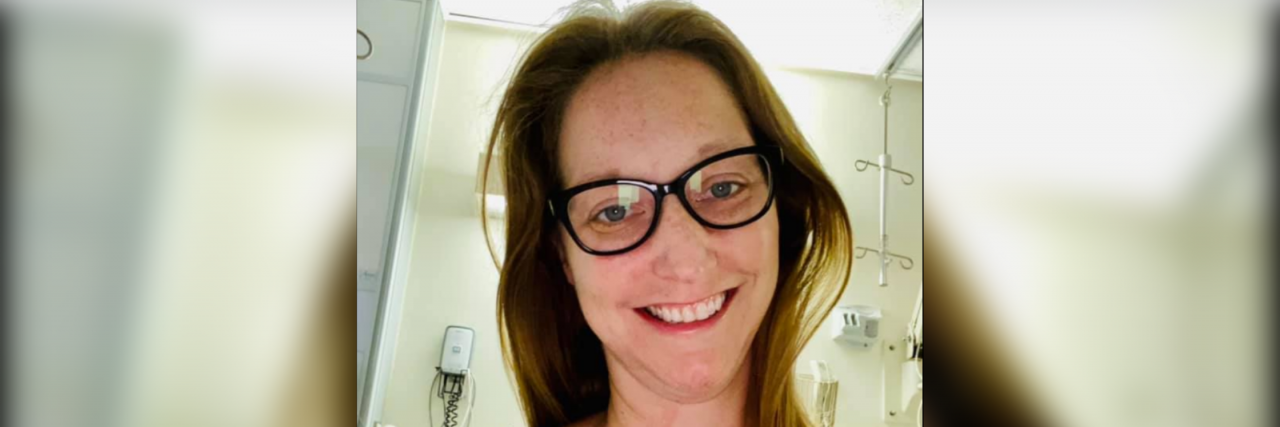When Surgery Doesn't Go the Way You Hoped
Last year, I was diagnosed with neurogenic thoracic outlet syndrome, a disorder that causes compression of the arteries and nerves between the first rib and clavicle. My symptoms presented as numbness and tingling down my arms and into my hands, pain in my neck and shoulders and across my upper back, and dizziness and loss of balance/passing out when I lifted my arms above my head, causing compression.
The good news compared to my other rare diagnoses was there was a potential cure: surgery. The surgery seemed fairly straightforward. The doctor would remove the first rib on each side and the compression would be relieved.
The surgery was actually much more complicated. The surgeon would make two incisions, one under my clavicle to remove the top rib, clean up the trap muscles, remove muscles that were damaged, and clean out damaged nerves. He would then make an incision down my shoulder, remove my pec muscle, stretch it out, then reattach it. Yikes, right?
According to the National Center for Biotechnology Information, in the article “Long-Term Functional Outcome of Surgical Treatment for Thoracic Outlet Syndrome,” 90 percent of surgical patients received some relief from this surgery.
After a one-week stay in the hospital and three months of no feeling in my shoulder down my arm, I felt no relief. In fact, the pain across my rib cage and shoulders was intense, preventing sleep. The numbness in my hands was now constant and the pain in my wrists was almost intolerable. But as a chronic pain patient, I had seen this before and was not about to let it stop me.
Now 10 months post-surgery, I continue to experience numbness and pain across my shoulders, down my arms, and into my hands. My hand dexterity is deteriorating as my ability to open containers (thank goodness I have a strong 12-year-old when my husband is traveling) and hold objects (I’ve been moved to plastic bowls and cups along with the kids) is becoming more difficult. I’m seeing a pain management doctor to try lidocaine injections to relieve the pain and hopefully relax the muscles. I’ve also received steroid injections in the cartilage surrounding my rib cage to relieve the inflammation and pain.
As a chronic rare disease patient, I’m used to trying different medications, trying different methods to relieve the pain, trying different research studies to relieve the symptoms. I’m used to trying to find hope when everything we are trying isn’t working. This was different. The physical scars across my clavicle and shoulder are a constant reminder of the surgery that wasn’t successful. The chronic pain in my rib cage and across my clavicle, shoulders, and back is a constant reminder of the surgery that wasn’t successful. In the past, I’ve had to search photos or see the pill bottle to be reminded of the trial and error.
Now, I look at myself and must face this truth, that I put my hope into a surgery that did not relieve the symptoms. I was not prepared for this surgery to not work. I did not have the emotional support in place to help me navigate this surgery that did not work. I’m still trying to find the strength to look in the mirror and not see my body as a failure but as a work in progress. I may not have been prepared for this outcome, but I will not lose hope that there is a plan for my pain, for my deterioration, or for the new challenges I will face in this life.

